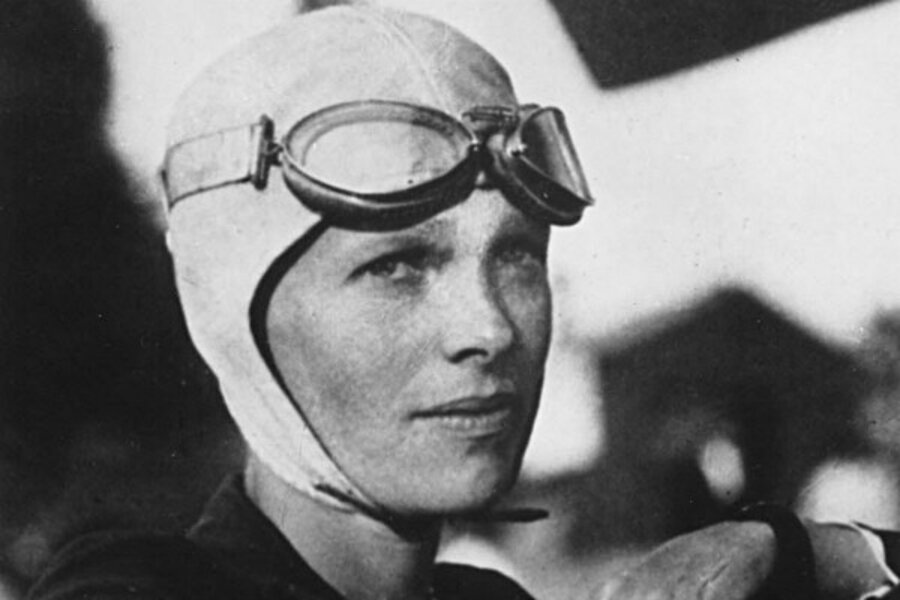75 years after her disappearance, Amelia Earhart attracts interest in her hometown
Loading...
| Atchison, Kan.
Interest in aviation pioneer Amelia Earhart is high in her birthplace, Atchison, on the 75th anniversary of her disappearance.
The St. Joseph News-Press reported that visitors have been flocking to the city, 45 miles northwest of Kansas City.
One popular destination is the Amelia Earhart Birthplace Museum, at the home where Earhart was born in an upstairs bedroom in 1897 and where she spent much of her first 12 years.
Helping to fuel the flow of visitors are renewed efforts to learn what happened to Earhart and navigator Fred Noonan on July 2, 1937. They disappeared while flying from New Guinea to Howland Island as part of the adventurer's attempt to become the first female pilot to circumnavigate the globe.
"We like to stress her accomplishments rather than her disappearance," said Louise Foudray, who serves as caretaker and historian of the Amelia Earhart Birthplace Museum. "However, everyone loves a mystery."
In April, researchers announced that enhanced analysis of a photograph taken months after her Lockheed Electra plane vanished shows what may be the landing gear of the aircraft protruding from the waters off the remote island of Nikumaroro, in what is now the Pacific nation of Kiribati. Historians, scientists and salvagers from The International Group for Historic Aircraft Recovery, spurred by this discovery, were to begin a search attempt in that area Monday.
The group also revealed during a symposium last month that they had recently stumbled upon what might be an anti-freckle cream jar that could have belonged to Earhart on a remote island in the western Pacific.
Recently, Wayne and Billie Henderson of Ottawa, Kan., made the trip with their 11-year-old granddaughter, Rachael Wells.
"We've kind of been following the stories," Wayne Henderson said.
California muralist John Cerney, who describes his work as "giant cut-out-art," was so fascinated that he is donating a giant highway piece depicting Earhart with her plane. It will greet visitors entering Atchison.
Jackie Pregont, president of the Atchison Chamber of Commerce and coordinator of the annual Amelia Earhart Festival, said the artist offered to create the mural after developing an interest in Earhart and learning that this month marks the anniversary of her disappearance.
"He's a phenomenal artist, and we're terribly excited he's chosen to do this," Pregont says, adding that the piece will measure approximately 12 feet tall by 38 feet wide. It will be put together July 18 on property located south of Atchison.
___
Information from: St. Louis Post-Dispatch





